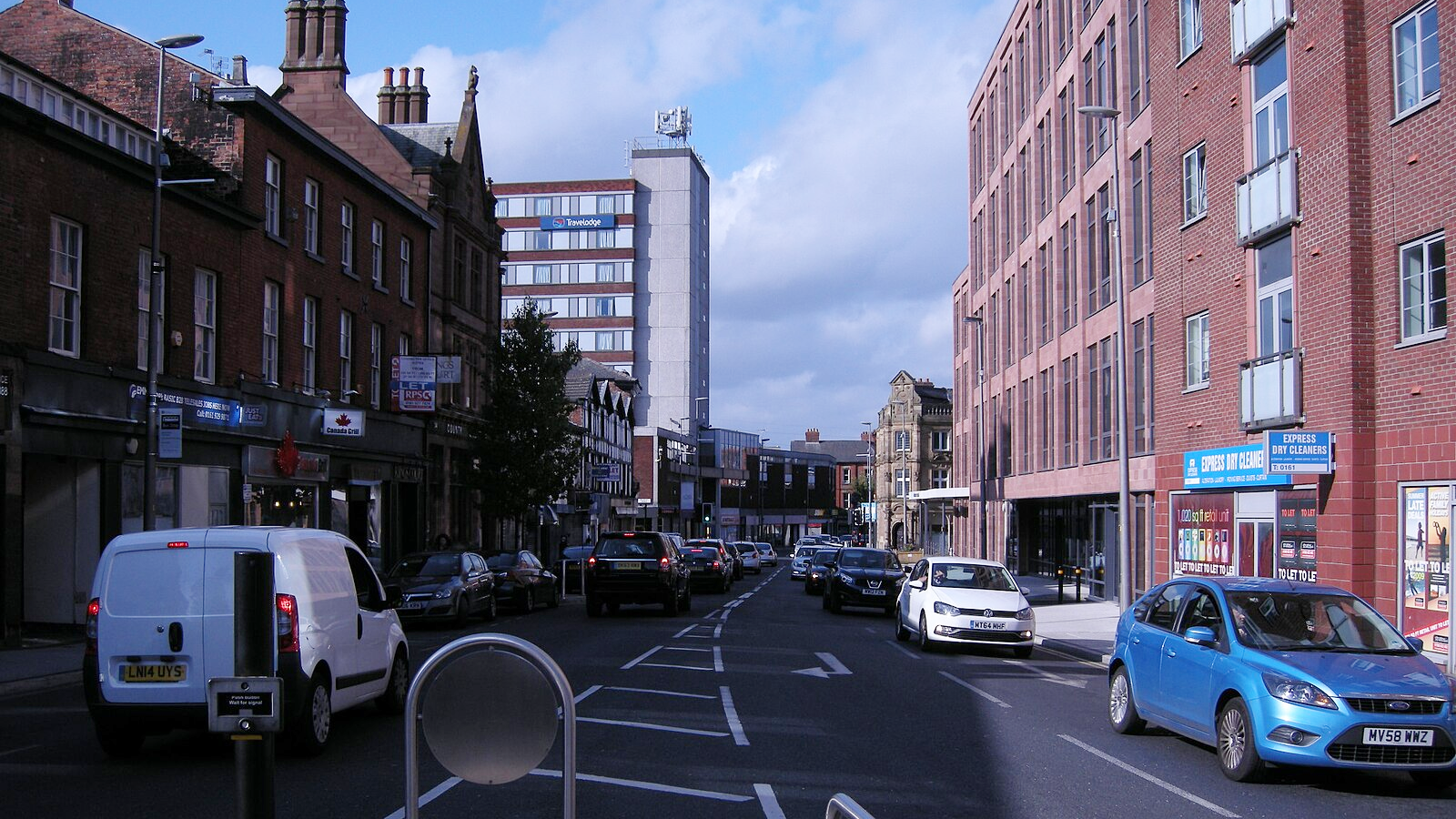News
UK job vacancies reach record high
Data showed job vacancies reached 953,000 in the three months to July.
There were more job vacancies on record in Britain this summer than ever before.
Official data shows the number of available roles had risen to an unprecedented figure of 953,000 in May to July this year.
According to the Office for National Statistics (ONS), vacancies grew by 43.8% (290,000) compared to the previous quarter, with “strong growth” across a number of industries.
The number of job vacancies in May to July 2021 was 21.4% (168,000) above pre-pandemic levels, and in the same period there were a record 3.2 vacancies for every 100 employee jobs.
Data also showed that unemployment fell to 4.7% in the three months leading up to June, whilst the average pay packet rose by 7.4%.
ONS deputy statistician Jonathan Athow said the data showed the world of work was continuing to “rebound robustly from the effects of the pandemic”.
Atlow stated: “As large parts of the economy started to reopen in recent months, the number of hours worked went past one billion a week for the first time since the onset of the pandemic.
“There were no sign of redundancies starting to pick up in our survey data ahead of the furlough scheme beginning to wind down, and Insolvency Service figures for July suggest the same.”
Chancellor Rishi Sunak said the figures reflected the fact that the government’s plan for jobs was proving effective.
He stated: “I know there could still be bumps in the road but the data is promising.
“There are now more employees on payrolls than at any point since March 2020 and the number of people on furlough is the lowest since the scheme launched.”
Featured image: Scott Graham / Unsplash











